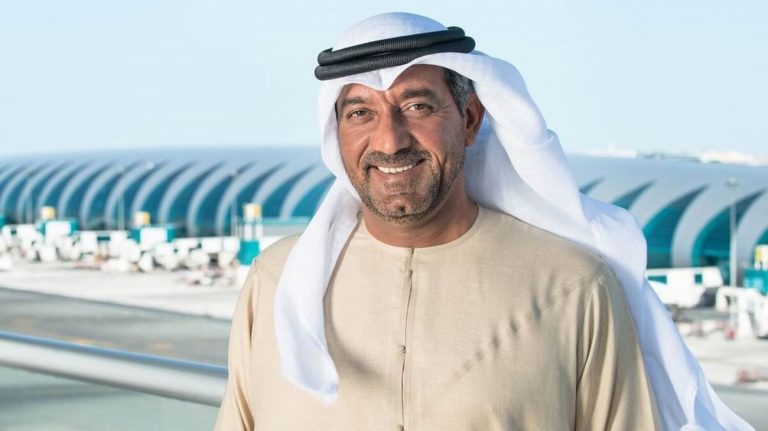Emirates, the Dubai-based carrier renowned as the world’s most profitable airline, is preparing to equip its entire fleet with high-speed internet from SpaceX’s Starlink satellite network, marking a significant endorsement for the technology despite ongoing regulatory challenges in the United Arab Emirates, as reported by Bloomberg on 14 November 2025. The agreement, which involves retrofitting around 250 widebody aircraft currently in service and extending to more than 300 on order from Boeing and Airbus, is expected to be formally revealed at the Dubai Air Show commencing on Monday.
Securing Emirates as a customer would represent one of Starlink’s most prestigious aviation partnerships to date, given the airline’s status as the largest international carrier and its global reputation for premium passenger experiences. Passengers could soon enjoy seamless, low-latency connectivity comparable to ground-based broadband, allowing uninterrupted streaming, video calls, and remote work even on long-haul routes across six continents.
However, implementation faces notable obstacles. The United Arab Emirates has yet to authorise Starlink operations within its airspace, meaning any rollout would necessitate a policy reversal by authorities. Additionally, the service lacks certification for Emirates’ flagship Airbus A380 double-decker jets, a cornerstone of its ultra-long-range network, which would require further technical approvals before installation can proceed.
Neither Emirates nor SpaceX has issued public comments on the discussions, reflecting the private nature of the negotiations. The potential deal builds on Starlink’s growing footprint in commercial aviation, where its constellation of low-Earth-orbit satellites has already attracted carriers seeking to overcome the limitations of traditional geostationary systems.
In the Gulf region, Qatar Airways led the way by introducing Starlink on its Boeing 777 fleet last year and beginning retrofits on Airbus A350 aircraft, offering passengers free, gate-to-gate high-speed access. SpaceX has also secured agreements with Saudi Arabia’s national carrier Saudia, while pitching the technology to smaller operators such as Gulf Air and Flydubai.
Regional approvals have accelerated in recent months, with Bahrain and Jordan already permitting aviation use of Starlink, and Lebanon granting a broader licence for internet as well as ground-based services. During a high-profile visit to Saudi Arabia earlier this year, Elon Musk indicated that the kingdom would soon clear the service for both aviation and maritime applications.
For Emirates, adopting Starlink aligns with its strategy to maintain a competitive edge in passenger amenities, particularly as demand for reliable in-flight connectivity surges among business and leisure travellers. The carrier has long invested heavily in onboard entertainment and services, and ultra-fast Wi-Fi could further differentiate its product in a crowded premium market.
Industry observers note that Starlink’s aviation division has expanded rapidly since its launch, now serving dozens of airlines worldwide with promises of speeds exceeding 200 Mbps per passenger and minimal downtime. The technology’s ability to provide consistent coverage over oceans and remote areas addresses longstanding pain points for long-haul operators like Emirates.
As the Dubai Air Show approaches, anticipation is building around whether accompanying announcements will include progress on UAE regulatory clearance. A successful partnership could accelerate Starlink’s dominance in the Middle East aviation sector and pressure competitors to follow suit.
With over 7,000 satellites in orbit and millions of users globally, SpaceX continues to position Starlink as a transformative force in connectivity, extending from remote rural areas to high-altitude cruising. For Emirates passengers, the prospect of truly connected skies represents the next evolution in luxury air travel, provided the remaining hurdles can be cleared, according to aviation analysts cited in reports from Reuters.


